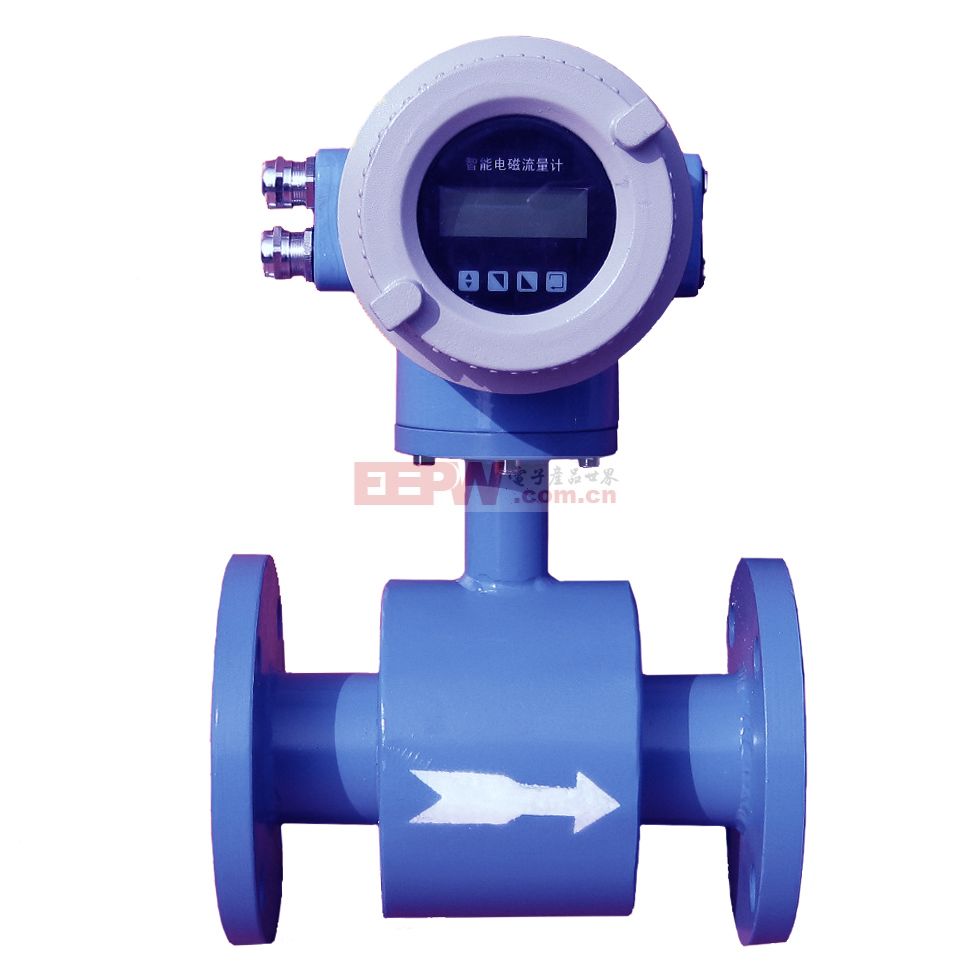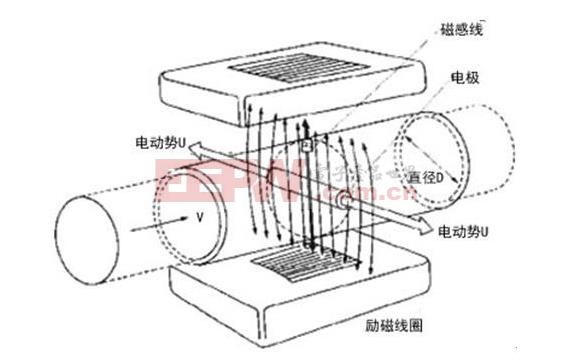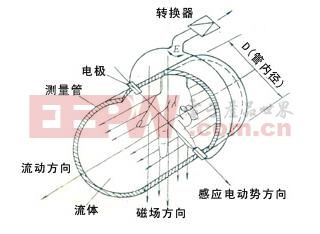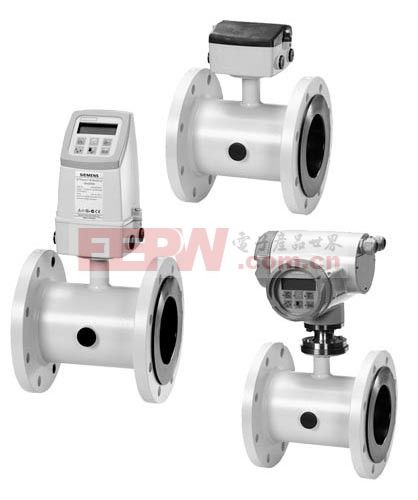REVIEW: electromagnetic flow meter is a measuring instrument, developed rapidly in the 1950's and 1960's, this paper for you on the principle of electromagnetic flow meter, the principle of electromagnetic flowmeter mentioned, I have to mention the great physical The scholar Faraday and his famous achievement Faraday 's law of electromagnetic induction, then what is the relationship between them? Let us take a look at it~~
First, the principle of electromagnetic flowmeter - - Introduction
Electromagnetic flowmeter, English name is Electromagnetic Flowmeter, abbreviated as EMF, mainly composed of two parts of sensor and converter. It can be used to measure the volume flow of conductive fluid with conductivity greater than 5μS/cm, such as acid, alkali, salt solution, mud. , pulp and so on. It has been widely used in many fields such as petroleum, chemical, paper, and water conservancy construction.

Second, the principle of electromagnetic flowmeter - - measurement principle
The basic principle of EMF (electromagnetic flowmeter) is Faraday 's law of electromagnetic induction, that is, when a conductor makes a cutting magnetic field motion in a magnetic field, an induced electromotive force is generated at both ends of the conductor, and the magnitude of the induced electromotive force generated is the effective length of the conductor in the magnetic field. In proportion, it is proportional to the speed of motion of the conductor perpendicular to the direction of the magnetic field, and its direction can be determined by "Fleming's right-hand rule".
When the conductive fluid flows in the magnetic field, the cutting magnetic field moves, so the induced electromotive force is generated on the electrodes on both sides of the pipe, the size of which is Ex (unit is V), and the coefficient K, the magnetic induction B (unit is T), the inner diameter of the pipe D (The unit is m) is proportional to the average flow velocity V of the liquid (in m/s) and can be expressed as a mathematical expression of Ex=KBDV.
The volume flow rate Qv is equal to the product of the flow velocity V of the conductive fluid and the cross-sectional area of ​​the pipe (πD2)/4, which can be expressed by mathematical expression as Qv=(πD2)*v/4, and the substitution of Ex=KBDV into the formula is Qv=πD* Ex /4KB, so the volume flow is proportional to the induced electromotive force. When K, B, and D are fixed, the size of Ex can be measured to calculate the size of Qv.

Third, the principle of electromagnetic flowmeter - - working principle
According to the above measurement principle, an excitation coil is arranged above and below the measuring tube of the electromagnetic flowmeter for generating a magnetic field, and a pair of detecting electrodes are arranged in the wall of the measuring tube whose axis is perpendicular to the magnetic line to detect the magnitude of the induced electromotive force generated. . After the induced electromotive force is obtained, the volumetric flow rate can be calculated, and the result is transmitted to the converter, and then the process of amplifying, transforming and filtering is performed, and the instantaneous flow rate and the accumulated flow rate are displayed on the display screen.

Fourth, the principle of electromagnetic flowmeter - - working premise
The above principle of the electromagnetic flowmeter is realized under the premise of the following assumptions, but these conditions are somewhat idealized, so there is a slight error in the measurement results of the electromagnetic flowmeter. The assumptions are as follows:
1. The magnetic field coil produces a uniformly distributed constant magnetic field;
2. The flow rate of the conductive fluid is uniform;
3. The conductive fluid is non-magnetic;
4. The conductivity of the conductive fluid is uniform and isotropic.

The principle of the electromagnetic flowmeter is the sauce purple, and the children's shoes that want to continue to rise can be punctured below~~~
1, the working principle of electromagnetic flowmeter - one will learn, come see it
2, the basic principle of electromagnetic flowmeter
3. Use of electromagnetic flowmeter in chlor-alkali industry
4. Influencing factors and selection and installation of electromagnetic flowmeter
5, the advantages and disadvantages of various flowmeters are compared
Electromagnetic Flowmeter
Water Cooling,Computer Chassis,Water Cooling Radiator,Multi-Color Computer Case
Guangzhou Lufeng Electronic Technology Co. , Ltd. , https://www.lufengelectronics.com
